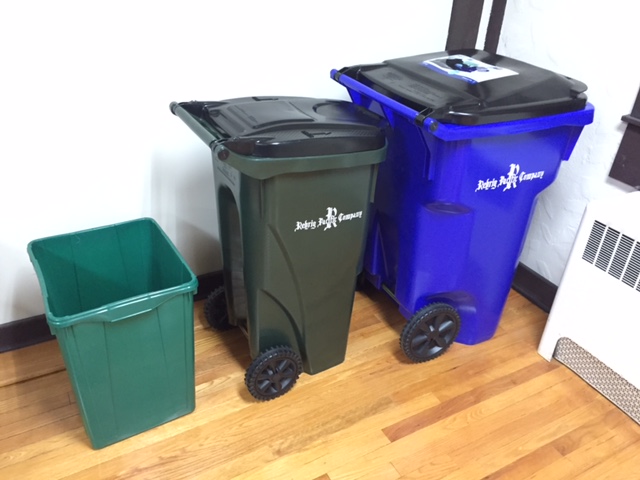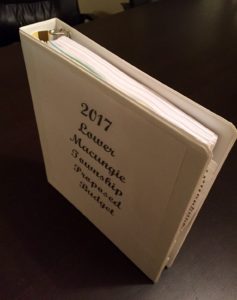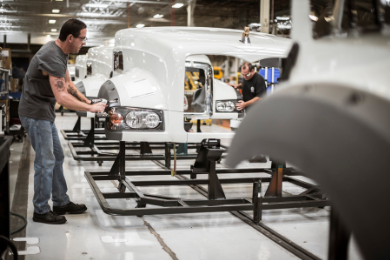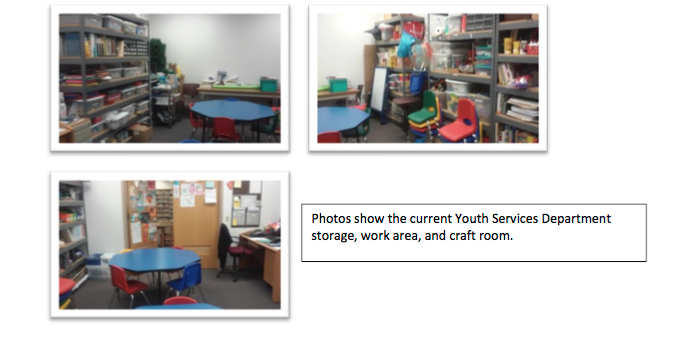Happy Veterans Day. I have two reminders about how you can support our troops locally. But first I wanted to share something I saw this AM since it’s relevant.
The photo below has a story. Damon Knauss is an old friend. A local raised in Ancient Oaks and graduate of EHS. Please take a moment to read and appreciate this.

The story of this photo is a reminder of what our troops sometimes face on a daily basis during deployment. It’s from a very human perspective. An important reminder since it’s so easy to forget.
“These are the kids that kept me safe. Most every day for 4 months I had to walk through Kabul taking the same route to train our Afghan counterparts. This is a big “no no” in the military because the enemy can target you. However, that is the constraint of operating in a city. Everyday when I walked out that gate and saw these kids selling scarfs and trinkets I knew I was just a little safer. When they were not there, I knew something was not right and I was extra vigilant. I bought a lot of scarfs and trinkets from them, gave them clothes and socks that they desperately needed, and traded English words for Dari in little conversations as we walked together, but it is the little things that you think about later that make the difference. Several of these scarf sellers of Kabul were killed when the Taliban strapped a bomb on a young mentally retarded boy and sent him to the gate of our base to pose as a scarf seller. These young scarf sellers being fiercely territorial challenged him for being in their business area. As the young children argued, the child suicide bomber became nervous and detonated and killed the scarf sellers. Young children like these in Kabul saved the lives of an entire patrol. Service makes you see the world in a different way. I am proud of all those I served with, the people of Afghanistan who worked with us to make their country better, and most importantly those who made the ultimate sacrifice who will never be forgotten.” – Damon Knauss
This is a story of the very human perspective about what our veterans go through on a daily basis when on deployment. It is so easy to forget. Here are ways you can support our veterans locally this month.
Reminder 1.) Lower Macungie Township Troop Support Program. Now till Nov. 30th. Drop off point at the Lower Macungie Community Center.
Reminder 2.) Don’t forget the Lower Macungie Township Historical Society Veterans program. Sunday at 2pm. Also the community center.








